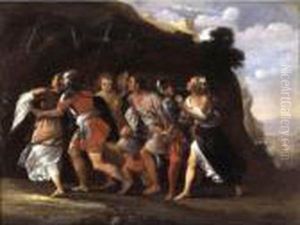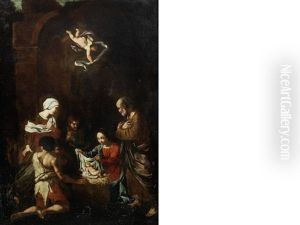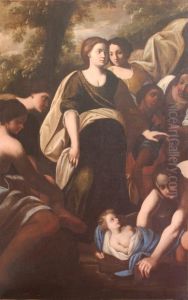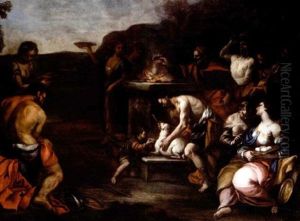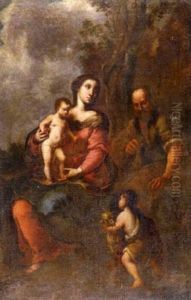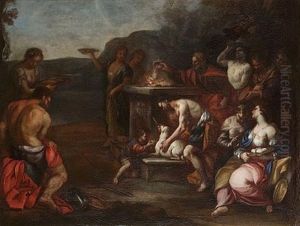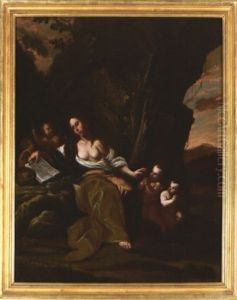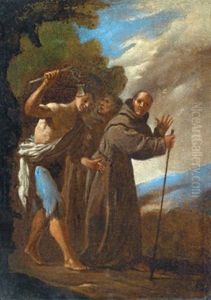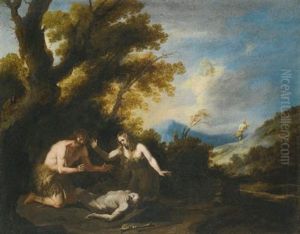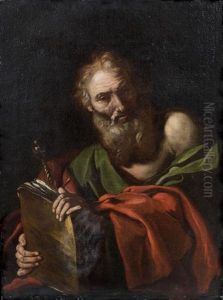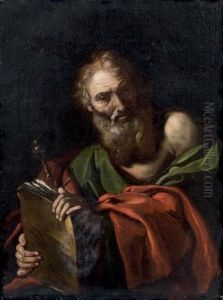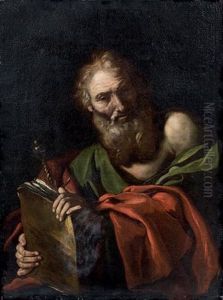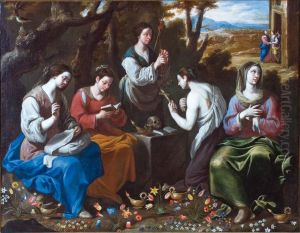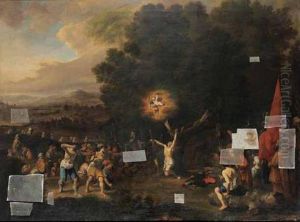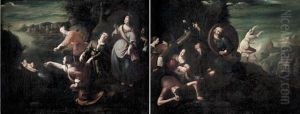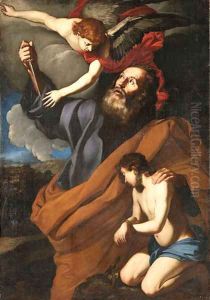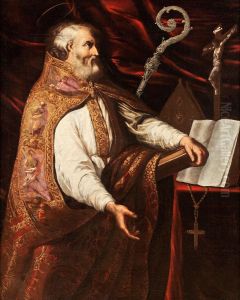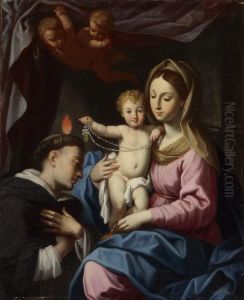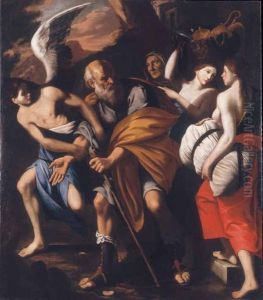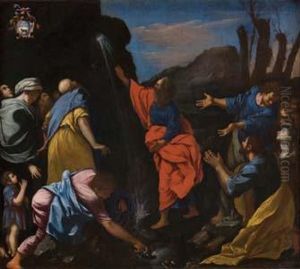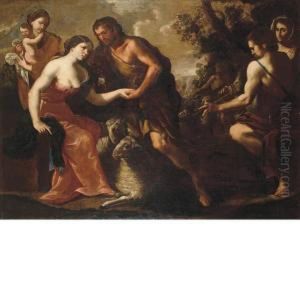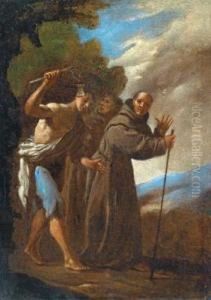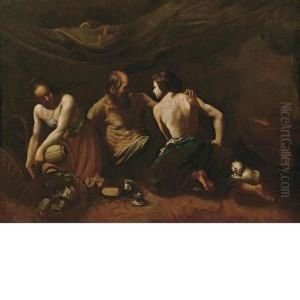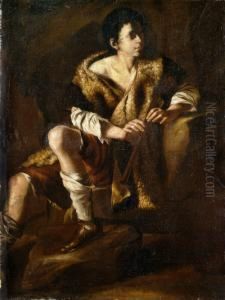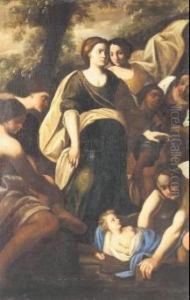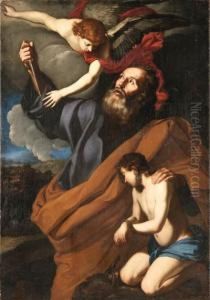Agostino Beltrano Paintings
Agostino Beltrano was an Italian painter who is not widely known in the art historical canon, and as a result, specific details about his life and work are relatively scarce. He is believed to have been active during the 17th century, primarily in Naples. His artistic style is generally associated with the Baroque period, which was characterized by dramatic expression, rich coloration, and a dynamic use of light and shadow.
Beltrano's work was influenced by the Neapolitan school of painting, and he is thought to have been a follower of the prominent artist Massimo Stanzione. The Neapolitan school is known for its vivid realism and emotional intensity, traits that can also be seen in Beltrano's paintings. However, due to the limited documentation and few surviving works, Agostino Beltrano remains a somewhat elusive figure in the history of Italian art.
The exact dates of Beltrano's birth and death are not well documented, which is not unusual for artists of that era, especially those who did not achieve widespread fame or recognition. He is believed to have died around 1665. The art that is attributed to him suggests that he was skilled in the portrayal of religious themes, which was a common focus among Baroque artists in Italy. His paintings would have likely been used for devotional purposes or as part of church decorations.
Despite his relative obscurity, Agostino Beltrano's contributions to the Baroque movement in Naples contribute to the broader understanding of the period and the regional variations in artistic expression. His surviving works, though few, continue to be studied by art historians interested in the Neapolitan Baroque and the lesser-known artists who played a role in shaping its legacy.
